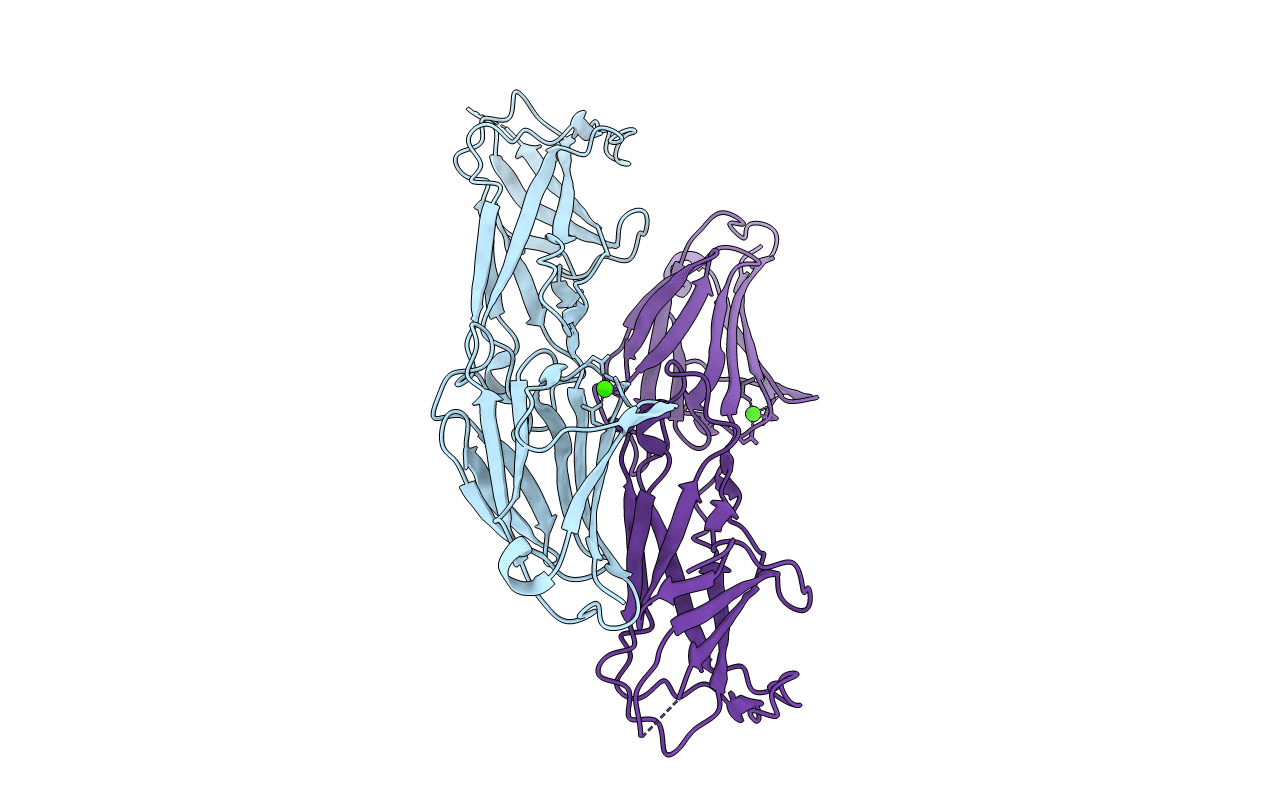
Deposition Date
2018-11-06
Release Date
2019-04-17
Last Version Date
2024-11-13
Entry Detail
PDB ID:
6N0A
Keywords:
Title:
Structure of the major pilin protein (T-18.1) from Streptococcus pyogenes serotype MGAS8232
Biological Source:
Source Organism:
Streptococcus pyogenes (Taxon ID: 1314)
Host Organism:
Method Details:
Experimental Method:
Resolution:
1.75 Å
R-Value Free:
0.27
R-Value Work:
0.23
R-Value Observed:
0.23
Space Group:
P 1


